This nursing guide provides comprehensive care and management strategies for patients with congenital heart disease. Gain knowledge about the nursing assessment, interventions, goals, and nursing diagnosis specific to congenital heart disease in order to provide effective care and support patients with congenital heart disease.
What is congenital heart disease?
Congenital heart disease results from malformations of the heart that involve the septums, valves, and large arteries. They are classified as acyanotic or cyanotic defects. Acyanotic defects occur when a left-to-right shunt is present that allows a mixture of oxygenated and deoxygenated blood to enter the systemic circulation. The most common consequences of these defects in children are growth retardation and congestive heart failure (CHF).
Common cyanotic defects include tetralogy of Fallot and transposition of the great vessels. Tetralogy of Fallot involves four defects that include pulmonic stenosis, ventricular septal defect, right ventricular hypertrophy, and an aorta that overrides the ventricular septal defect. Transposition of the great vessels is a condition in which the aorta arises from the right ventricle instead of the left ventricle, and the pulmonary artery arises from the left ventricle instead of the right ventricle, thereby causing a reversal of the normal position of these arteries. Transposition of the great vessels is incompatible with life unless septal defects are also present to allow the mixing of blood from the two circulations.
Acyanotic defects include coarctation of the aorta, patent ductus arteriosus, and ventricular septal defect. Coarctation of the aorta is the narrowing of the aorta proximal to the ductus arteriosus (preductal), distal to the ductus arteriosus (postductal), or level with the ductus arteriosus (juxtaductal). The position of the narrowing during fetal development determines circulation to the lower body and the development of collateral circulation. Patent ductus arteriosus is the failure of the structure needed for fetal circulation to close after birth. A ventricular septal defect is the incomplete development of the septum that separates the right and left ventricles, and it often accompanies other defects.
Nursing Care Plans & Management
Nursing care for patients with congenital heart disease focuses on assessing and managing symptoms, promoting growth and development, ensuring proper nutrition, monitoring for complications, educating the patient and family, and collaborating with the healthcare team to provide comprehensive care. Regular follow-up visits, medication management, and lifestyle modifications may also be part of the care plan.
Nursing Problem Priorities
The following are the nursing priorities for patients with congenital heart disease:
- Managing decreased in cardiac output and tissue perfusion. Congenital heart disease can lead to impaired blood flow, resulting in inadequate oxygen and nutrient supply to the body’s tissues. This can cause symptoms such as cyanosis, poor growth, and fatigue.
- Preventing infection and promoting safety. Children with congenital heart disease are at an increased risk of developing infections, especially after surgical interventions. Impaired cardiac function and compromised immune responses contribute to this increased susceptibility.
Nursing Assessment
Assess for the following subjective and objective data:
- Variations in hemodynamic readings (hypertension, bounding pulses, tachycardia). These variations may indicate increased cardiac workload and potential complications associated with congenital heart disease.
- Widened pulse pressure. This may suggest impaired cardiac function and reduced vascular resistance, leading to abnormal blood pressure fluctuations.
- ECG changes and arrhythmias. These findings can indicate disturbances in cardiac electrical activity, which are common in congenital heart disease.
- Murmur. The presence of a murmur indicates turbulent blood flow through the heart, suggesting structural abnormalities.
- Decreased peripheral pulses. Reduced peripheral pulses may indicate compromised peripheral circulation, which can be a result of congenital heart disease.
- Fatigue. Fatigue is a common symptom in individuals with congenital heart disease due to reduced cardiac output and oxygen delivery to tissues.
- Dyspnea. Dyspnea, or difficulty breathing, may occur due to decreased oxygenation and increased respiratory effort associated with congenital heart disease.
- Cyanosis or absence of cyanosis. Cyanosis may be present in individuals with congenital heart disease, indicating inadequate oxygenation. However, the absence of cyanosis does not rule out the presence of the condition.
- Oliguria. Reduced urine output may indicate impaired renal perfusion and fluid balance issues related to congestive heart failure.
- Squatting or knee-chest position. These positions may be adopted by individuals with congenital heart disease to alleviate symptoms and improve cardiac output by increasing systemic vascular resistance.
- The family expresses concern and fear about the infant/child’s disease and condition. This is a common emotional response as families navigate the challenges associated with managing congenital heart disease.
- Displays protective behavior disproportionate to the need to grow and develop. Excessive protective behavior may be observed in individuals with congenital heart disease due to the increased vulnerability and awareness of their condition.
- Chronic anxiety and possible hospitalization and surgery. The chronic nature of congenital heart disease, along with the potential for hospitalization and surgical interventions, can contribute to ongoing anxiety in patients and their families.
- Presence of circulatory/respiratory problem. Congenital heart disease can lead to circulatory and respiratory issues due to impaired cardiac function and oxygenation.
- Verbal complaint of fatigue or weakness. Patients with congenital heart disease may experience persistent fatigue or weakness due to reduced cardiac output and limited physical endurance.
- Needs to rest after a short period of play. Limited exercise tolerance is often observed in individuals with congenital heart disease, leading to the need for frequent rest periods during physical activity.
- Abnormal heart rate or blood pressure response to activity. Inadequate cardiac response to exertion can manifest as abnormal heart rate or blood pressure changes during physical activity.
- Exertional dyspnea. Difficulty breathing during exertion is a common symptom in individuals with congenital heart disease, indicating inadequate oxygen supply during increased physical demands.
Assess for factors related to the cause of congenital heart disease:
- Structural factors of congenital heart defect
- Situational and developmental crises of family and child
- Generalized weakness
- An imbalance between oxygen supply and demand
- Cardiac function is compromised by congenital defects and medication administration
- Chronic illness
Nursing Diagnosis
A nursing diagnosis follows a standardized approach in identifying, prioritizing, and addressing specific client needs and responses to actual and high-risk problems. These diagnoses encompass actual or potential health problems that can be effectively managed or prevented through independent nursing interventions. After conducting a thorough assessment, it is crucial to formulate nursing diagnoses that comprehensively reflect the patient’s existing and potential health concerns. These diagnoses then serve as a guiding framework for developing and implementing focused nursing interventions.
Nursing Goals
Goals and expected outcomes may include:
- The child will demonstrate adequate cardiac output as evidenced by blood pressure and pulse rate and rhythm within normal parameters for the patient; strong peripheral pulses; and an ability to tolerate activity without symptoms of dyspnea, syncope, or chest pain.
- The family will cope more effectively.
- The child will tolerate increased activity.
- The child will not experience injury.
- The child will not experience any infection.
Nursing Interventions and Actions
Therapeutic interventions and nursing actions for patients with congenital heart disease may include:
- 1. Managing Decrease in Cardiac Output
- 2. Promoting Effective Family Coping
- 3. Improving Tolerance to Activity
- 4. Preventing Injury and Infection
- 5. Administering Medications and Providing Pharmacological Interventions
- 6. Providing Perioperative Nursing Care
1. Managing Decrease in Cardiac Output
Proper management of decreased cardiac output is crucial to prevent complications. This involves monitoring vital signs, maintaining fluid balance, administering cardiac medications, and providing oxygen therapy.
1. Assess heart rate and blood pressure.
Most patients have compensatory tachycardia and significantly low blood pressure in response to reduced cardiac output.
2. Note skin color, temperature, and moisture.
Cold, clammy, and pale skin is secondary to a compensatory increase in sympathetic nervous system stimulation and low cardiac output, and oxygen desaturation.
3. Check for peripheral pulses, including capillary refill.
Weak pulses are present in reduced stroke volume and cardiac output. Capillary refill is sometimes slow or absent.
4. Assess for reports of fatigue and reduced activity tolerance.
Fatigue and exertional dyspnea are common problems with low cardiac output states. Close monitoring of the patient’s response serves as a guide for the optimal progression of activity.
5. Inspect fluid balance and weight gain. Weigh the patient regularly prior to breakfast.
Compromised regulatory mechanisms may result in fluid and sodium retention; Weight is an indicator of fluid balance.
6. Assess heart sounds for gallops (S3, S4).
S3 indicates reduced left ventricular ejection and is a class sign of left ventricular failure. S4 occurs with reduced compliance of the left ventricle, which impairs diastolic filling.
7. Monitor electrocardiogram (ECG) for rate, rhythm, and ectopy.
Cardiac dysrhythmias may occur from low perfusion, acidosis, or hypoxia. Tachycardia, bradycardia, and ectopic beats can further compromise cardiac output. Older patients are especially sensitive to the loss of atrial kick in atrial fibrillation.
8. Provide adequate rest periods
Rest decreases metabolic rate, decreasing myocardial and oxygen demand.
9. Position the child in a semi-Fowler’s position.
An upright position is recommended to reduce preload and ventricular filling when fluid overload is the cause; Facilitates lung expansion.
10. Administer oxygen therapy as prescribed.
The failing heart may not be able to respond to increased oxygen demands. Oxygen saturation needs to be greater than 90%.
11. Administer medications as prescribed.
See Pharmacologic Management
2. Promoting Effective Family Coping
Promoting family coping in congenital heart disease involves providing emotional support, education, and resources to manage challenges. Involve the family in the care plan, provide accurate information, and address their concerns.
1. Observe for erratic behaviors (anger, tension, disorganization), and perception of a crisis situation.
Information affecting the ability of the family to cope with the infant/child’s cardiac condition.
2. Assess usual family coping methods and effectiveness.
Identifies the need to develop new coping skills if existing methods are ineffective in
changing behaviors exhibited.
3. Assess the need for information and support.
Provides information about the need for interventions to relieve anxiety and concern.
4. Encourage the expression of feelings and provide factual information about the infant/child.
Reduces anxiety and enhances the family’s understanding of the condition.
5. Clarify any misinformation and answer questions regarding the disease process.
Prevents unnecessary anxiety resulting from inaccurate knowledge or beliefs.
6. Assist in identifying and using techniques to cope with and solve problems and gain control over the situation.
Provides support for problem-solving and management of the situation.
7. Encourage maintaining the health of family members and social contacts.
Chronic anxiety, fatigue, and isolation as a result of infant care will affect the health and care capabilities of the family.
8. Teach that overprotective behavior may hinder growth and development during infancy/ childhood.
Knowledge will enhance the family’s understanding of the condition and of the adverse effects of behaviors.
9. Suggest and reinforce appropriate coping behaviors, and support family decisions.
Promotes behavior change and adaptation to care for infants/child.
10. Encourage parents to include ill infant/ child in family activities rather than family revolving around the needs of the infant/child.
Promotes normal growth and development of family and infant/child.
11. Encourage to maintain consistent behavior limits and modification techniques.
Prevents behavioral problems and child control over the family, which interfere with the child’s growth and family relationships.
12. Instruct parents on nutritional and activity needs and/or limitations and approaches that will assist in establishing an effective pattern.
Assists in coping with effects and special needs of an infant/child with a cardiac defect.
13. Refer the family for additional support and counseling if indicated.
Referral supplies more assistance with coping than is available from nursing personnel.
3. Improving Tolerance to Activity
Improving tolerance to activity in patients with congenital heart disease involves gradually increasing the patient’s physical activity level while monitoring their heart function and symptoms. It is important to develop an individualized exercise program that takes into account the patient’s specific cardiac anatomy and function, as well as their age, overall health, and personal goals. The program should be carefully supervised by a healthcare professional, and adjustments should be made as needed based on the patient’s response. Improving tolerance to activity can help improve the patient’s overall cardiovascular health and quality of life.
1. Assess the level of fatigue, ability to perform ADL, and other activities in relation to the severity of the condition.
Provides information about energy reserves and response to activity.
2. Assess dyspnea on exertion, and skin color changes during rest and when active.
Indicates hypoxia and increased oxygen need during energy expenditure.
3. Allow for rest periods between care; disturb only when necessary for care and procedures.
Promotes rest and conserves energy.
4. Avoid allowing the infant to cry for long periods of time, use a soft nipple for feeding; cross-cut nipple; if unable for the infant to ingest sufficient calories by mouth,gavage-feed the infant.
Conserves energy. Cross-cut nipple requires less energy for the infant to feed.
5. Provide neutral environmental temperature; when bathing the infant, expose only the area being bathed and keep the infant covered to prevent heat loss.
Avoids hot or cold extremes which increase oxygen and energy needs.
6. Provide toys and games for quiet play and diversion appropriate for the age of the child (specify), and allow limiting activities as much as possible.
Promotes growth, diversion, and physical and mental development.
7. Assist parents to plan for care and rest schedules.
Provides for rest and prevents overexertion, minimizes energy expenditure.
8. Inform of activity or exercise restrictions and to set own limits for exercise and activity.
Prevents fatigue while engaging in activities as nearly normal as possible.
9. Explain to parents the need to conserve energy and encourage rest.
Avoids fatigue.
10. Inform to request assistance when needed for daily activities.
Prevents overtiring and fatigue.
4. Preventing Injury and Infection
Preventing injury and infection in patients with congenital heart disease is crucial to avoid complications that can worsen their condition. Proper hand hygiene, wound care, and infection control measures should be implemented to reduce the risk of infections. Additionally, precautions should be taken to prevent accidental injury, such as avoiding activities that can cause trauma to the chest area. Here are some nursing interventions to prevent injury and infection:
1. Assess for risk of drug toxicity, a cardiac complication of heart failure.
Early identification of signs and symptoms of complications allows preventive measures and adjustments to be made.
2. Assess temperature, IV site if present, increased WBC, increased pulse and
respirations (specify when).
Provides information indicating potential infection.
3. Monitor orders for diagnostic tests and procedures.
Allows for preparation and support of parents and infant/child.
4. Assist and support the family’s feelings and decisions regarding surgery.
Provides needed support to allay anxiety and promote a caring attitude.
5. Prepare parents and child (use play doll) for diagnostic procedures and/or surgery; should be extensive, consistent, and comprehensive, including a surgical procedure to be performed and expected results, prognosis, and whether corrective, palliative, temporary, or permanent.
Assists in allaying anxiety and understanding that diagnostic tests are usually done before surgery.
6. Instruct in the administration of cardiotonic, taking the apical pulse, when to withhold (less than 70-80 in a child and 90-100 in an infant), to notify the physician of low pulse or irregular pulse, signs of toxicity.
Ensures safe and accurate administration of cardiac glycoside.
7. Teach actions to take if the child becomes cyanotic (knee-chest or squatting position, elevating head and chest), and when to call the physician.
Encourages calmness during an attack and teaches actions that will relieve episodes and associated fear.
8. Avoid allowing those with infections to have contact with the infant/ child.
Prevents transmission of infectious agents to infant/child with compromised defense.
9. Provide adequate rest and nutritional needs for age.
Protects against potential infection by increasing body resistance and defenses.
10. Wash hands before giving care.
Prevents transmission of microorganisms to infant/ child.
11. Use a sterile technique for IV maintenance if present.
Prevents contamination, which causes infection.
12. Administer antibiotics as ordered (specify drug, dose, route, and times).
Describe the action of the specific antibiotic ordered.
13. Instruct parents and child in personal hygiene and practices (rest, nutrition, activity, bathroom for elimination, bathing).
Prevents reduced defenses or exposure to possible contaminants.
14. Inform the client to avoid contact with those in family or friends that have an infection.
Infections are easily transmitted to a debilitated child.
5. Administering Medications and Providing Pharmacological Interventions
The nurse plays a vital role in administering medications and providing pharmacological interventions in patients with congenital heart disease by closely monitoring the patient’s response to medications, identifying and managing potential side effects, and educating the patient and family about medication regimen and potential adverse reactions. These are necessary to help alleviate symptoms, control heart rate and rhythm, and improve cardiac function.
1. Diuretics
Diuretics are medications that help remove excess fluid from the body. In congenital heart disease, diuretics can be helpful in managing fluid buildup in the lungs or other areas of the body. This can help reduce symptoms like shortness of breath and swelling in the legs. Some common diuretics used in congenital heart disease include furosemide (Lasix) and spironolactone (Aldactone).
2. Beta-blockers
Beta-blockers are medications that help slow the heart rate and reduce blood pressure. In some cases of congenital heart disease, beta-blockers can be helpful in reducing the workload on the heart and improving overall heart function. Some common beta-blockers used in congenital heart disease include metoprolol (Lopressor) and atenolol (Tenormin).
3. ACE inhibitors
ACE inhibitors are medications that help relax blood vessels and reduce blood pressure. In congenital heart disease, ACE inhibitors can be helpful in improving blood flow and reducing strain on the heart. Some common ACE inhibitors used in congenital heart disease include enalapril (Vasotec) and lisinopril (Prinivil).
4. Digoxin
Digoxin is a medication that helps regulate the heart’s rhythm. In congenital heart disease, digoxin can be helpful in treating arrhythmias or irregular heartbeats. This medication is also sometimes used to help improve heart function in cases of heart failure.
5. Anticoagulants
Anticoagulants are medications that help prevent blood clots from forming. In some cases of congenital heart disease, blood clots may be more likely to form, putting individuals at risk of serious complications like stroke. Anticoagulants like warfarin (Coumadin) can help reduce this risk.
6. Providing Perioperative Nursing Care
While medications can be helpful in managing symptoms and improving heart function, surgery is often necessary to correct structural issues with the heart. Surgical nursing care plays a crucial role in the preoperative, intraoperative, and postoperative management of patients with congenital heart disease.
1. Assist in providing a thorough preoperative evaluation.
This evaluation will help determine the patient’s overall health status and identify any potential risks or complications associated with surgery. Some key preoperative considerations for surgical nursing care in patients with congenital heart disease may include patient education, pharmacologic management, nutritional support, and psychological support.
2. Discuss with patient and family on what to expect before, during, and after surgery.
This may include explaining the surgical procedure, discussing the potential risks and benefits, and providing information on how to prepare for surgery.
3. Review medications being taken by the patient.
It is important for nurses to review these medications and ensure that they are continued or adjusted appropriately before surgery.
4. Ensure that patient is being given adequate nutrition and hydration.
Good nutrition is important for patients undergoing heart surgery. Nurses can work with patients to ensure that they are getting adequate nutrition and hydration before surgery. In some cases, a specialized diet may be necessary to optimize the patient’s nutritional status.
5. Provide psychological support.
Undergoing heart surgery can be a stressful and anxiety-provoking experience for patients and their families. Nurses can provide psychological support to help patients cope with the emotional impact of surgery and reduce anxiety and stress.
6. Ensure patient’s safety and well-being.
During heart surgery, the nursing team plays a critical role in ensuring the patient’s safety and well-being. Some key intraoperative considerations for surgical nursing care in patients with congenital heart disease may include monitoring, anesthesia management, and avoiding or managing complications.
7. Monitor vital signs, fluids, and electrolyte balance.
During surgery, nurses will be responsible for monitoring the patient’s vital signs, including blood pressure, heart rate, and oxygen saturation. Nurses will also monitor the patient’s fluid and electrolyte balance and adjust medications or fluids as necessary.
8. Assist in anesthesia management.
Patients with congenital heart disease may require specialized anesthesia management during surgery. Nurses will work closely with the anesthesia team to ensure that the patient’s anesthesia is tailored to their individual needs.
9. Respond immediately to possible complications.
In some cases, intraoperative complications may arise during heart surgery. Nurses will need to be prepared to respond quickly and effectively to these complications, which may include bleeding, cardiac arrest, or changes in blood pressure or heart rate.
10. Aid in pain management after surgery.
After surgery, patients may experience pain or discomfort. Nurses can help manage pain through the use of medication, relaxation techniques, or other non-pharmacologic interventions.
11. Maintain proper hydration and electrolyte balance.
Following surgery, patients may require specialized fluid and electrolyte management to maintain proper hydration and electrolyte balance.
12. Discuss with patient and family about rehabilitation and physical therapy.
In some cases, patients with congenital heart disease may require rehabilitation or physical therapy after surgery. Nurses can work with the patient and their care team to develop an appropriate rehabilitation plan.
Recommended Resources
Recommended nursing diagnosis and nursing care plan books and resources.
Disclosure: Included below are affiliate links from Amazon at no additional cost from you. We may earn a small commission from your purchase. For more information, check out our privacy policy.
Ackley and Ladwig’s Nursing Diagnosis Handbook: An Evidence-Based Guide to Planning Care
We love this book because of its evidence-based approach to nursing interventions. This care plan handbook uses an easy, three-step system to guide you through client assessment, nursing diagnosis, and care planning. Includes step-by-step instructions showing how to implement care and evaluate outcomes, and help you build skills in diagnostic reasoning and critical thinking.

Nursing Care Plans – Nursing Diagnosis & Intervention (10th Edition)
Includes over two hundred care plans that reflect the most recent evidence-based guidelines. New to this edition are ICNP diagnoses, care plans on LGBTQ health issues, and on electrolytes and acid-base balance.

Nurse’s Pocket Guide: Diagnoses, Prioritized Interventions, and Rationales
Quick-reference tool includes all you need to identify the correct diagnoses for efficient patient care planning. The sixteenth edition includes the most recent nursing diagnoses and interventions and an alphabetized listing of nursing diagnoses covering more than 400 disorders.

Nursing Diagnosis Manual: Planning, Individualizing, and Documenting Client Care
Identify interventions to plan, individualize, and document care for more than 800 diseases and disorders. Only in the Nursing Diagnosis Manual will you find for each diagnosis subjectively and objectively – sample clinical applications, prioritized action/interventions with rationales – a documentation section, and much more!

All-in-One Nursing Care Planning Resource – E-Book: Medical-Surgical, Pediatric, Maternity, and Psychiatric-Mental Health
Includes over 100 care plans for medical-surgical, maternity/OB, pediatrics, and psychiatric and mental health. Interprofessional “patient problems” focus familiarizes you with how to speak to patients.

See also
Other recommended site resources for this nursing care plan:
- Nursing Care Plans (NCP): Ultimate Guide and Database MUST READ!
Over 150+ nursing care plans for different diseases and conditions. Includes our easy-to-follow guide on how to create nursing care plans from scratch. - Nursing Diagnosis Guide and List: All You Need to Know to Master Diagnosing
Our comprehensive guide on how to create and write diagnostic labels. Includes detailed nursing care plan guides for common nursing diagnostic labels.
Other nursing care plans for cardiovascular system disorders:
- Angina Pectoris (Coronary Artery Disease)
- Cardiac Arrhythmia (Digitalis Toxicity)
- Cardiac Catheterization
- Cardiogenic Shock
- Congenital Heart Disease
- Decreased Cardiac Output & Cardiac Support
- Heart Failure
- Hypertension
- Hypovolemic Shock
- Impaired Tissue Perfusion & Ischemia
- Myocardial Infarction
- Pacemaker Therapy
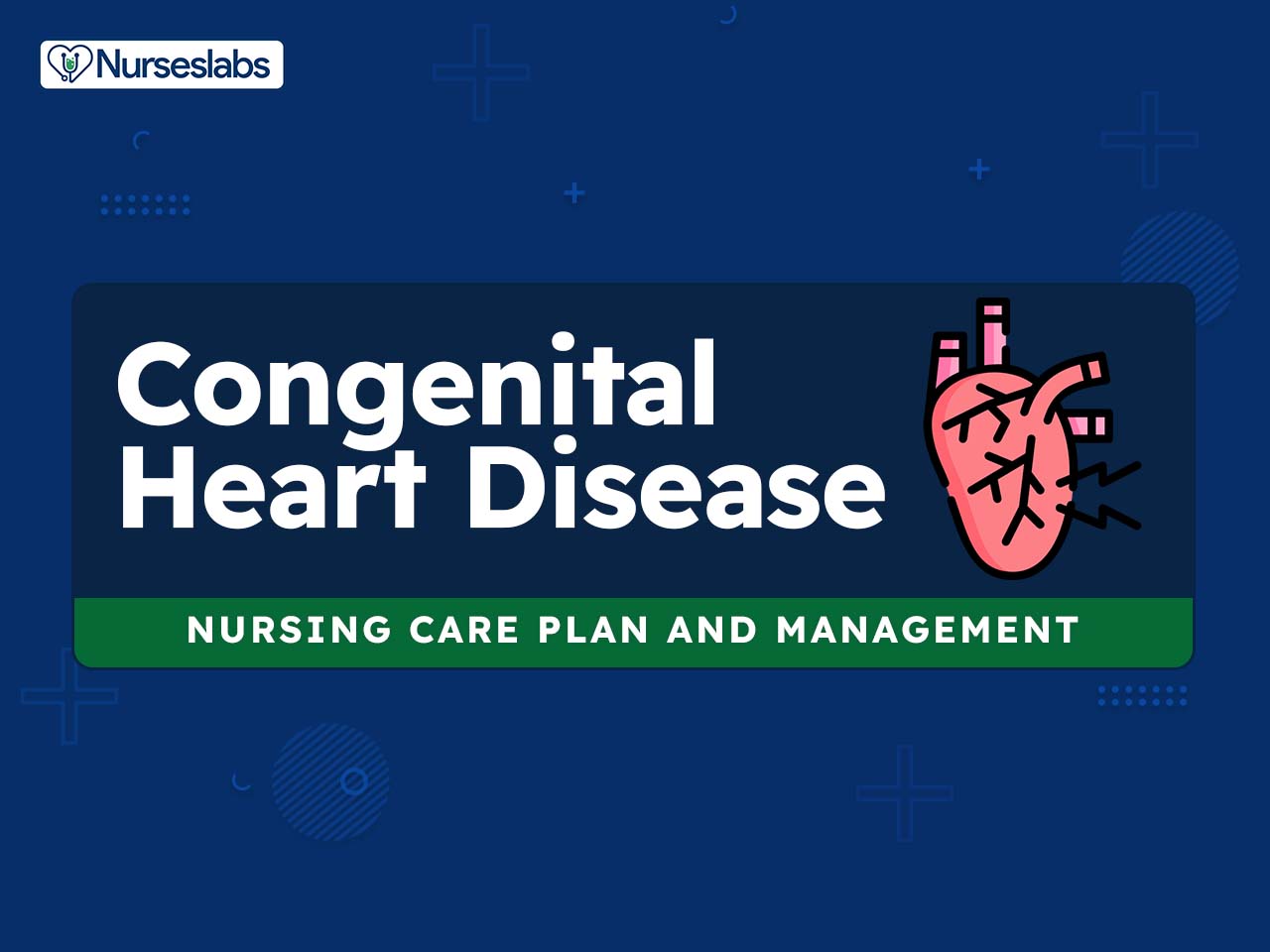



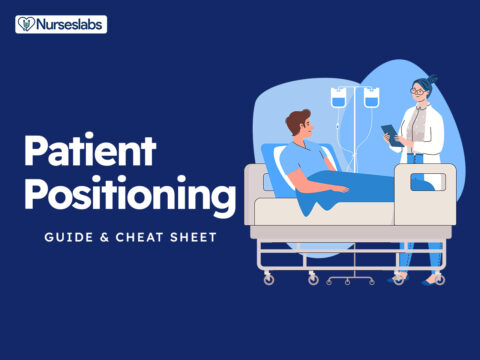
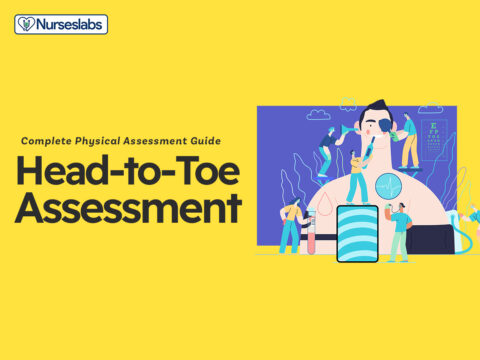



















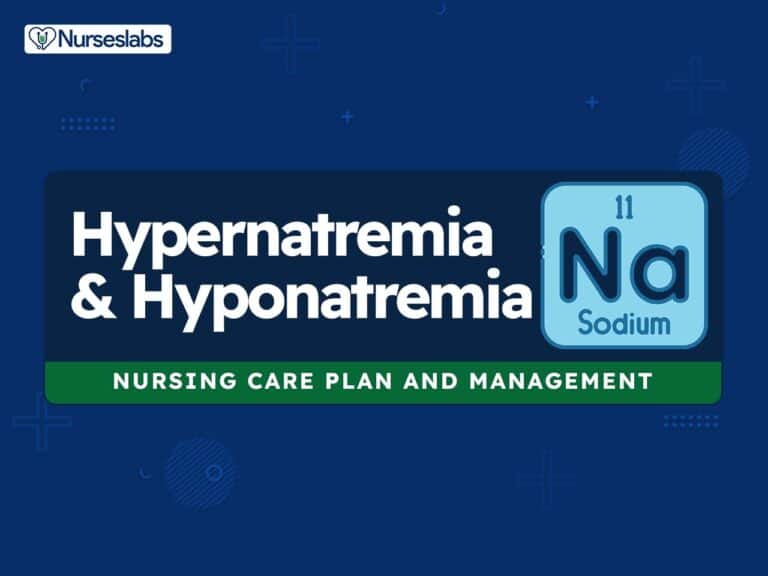
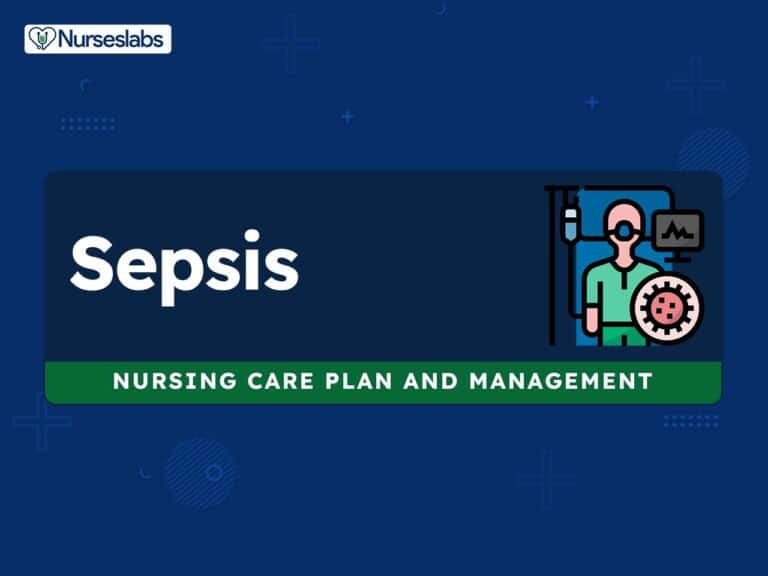
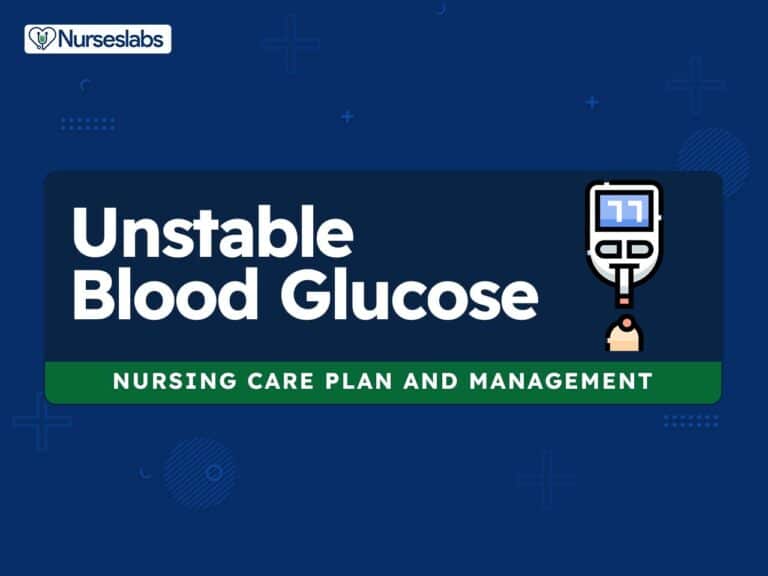
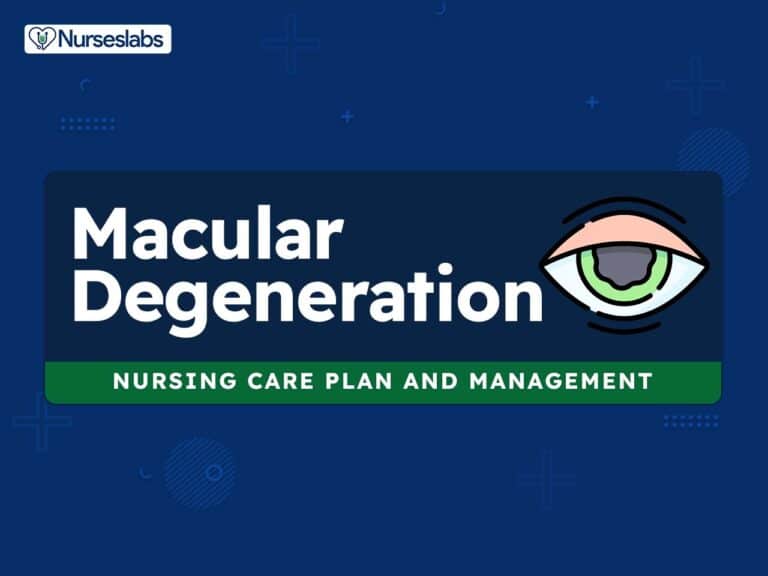
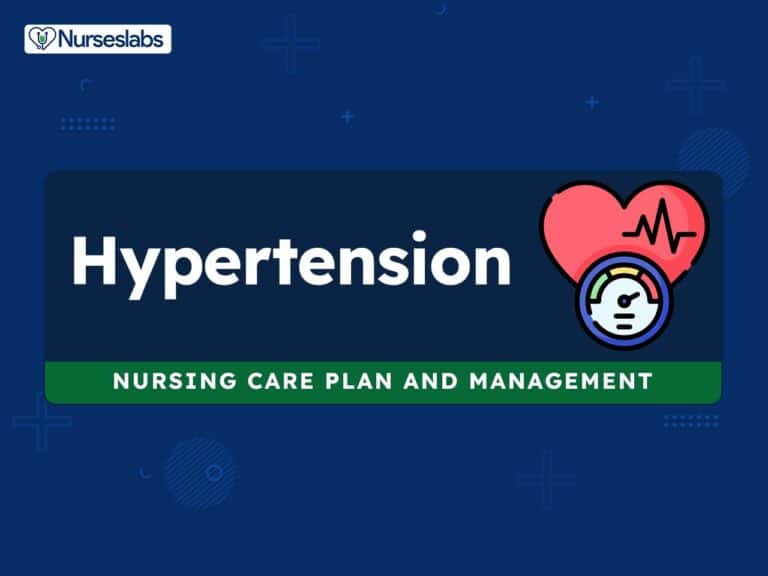

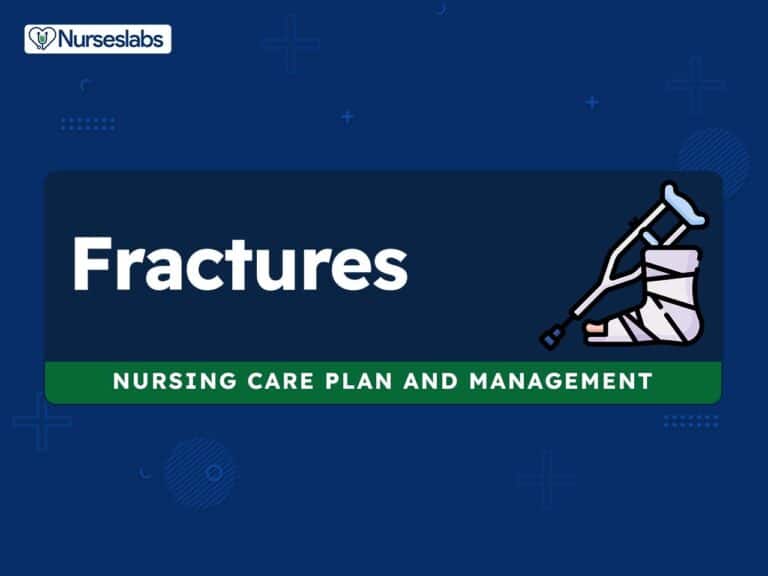

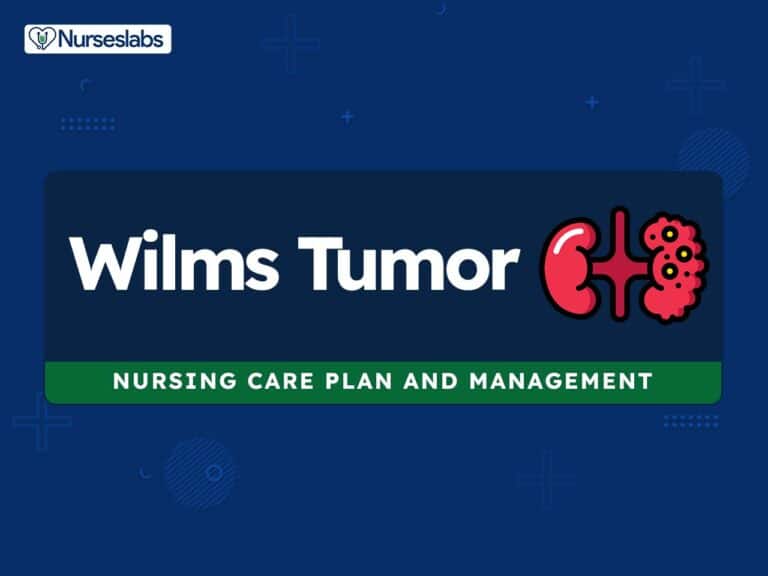
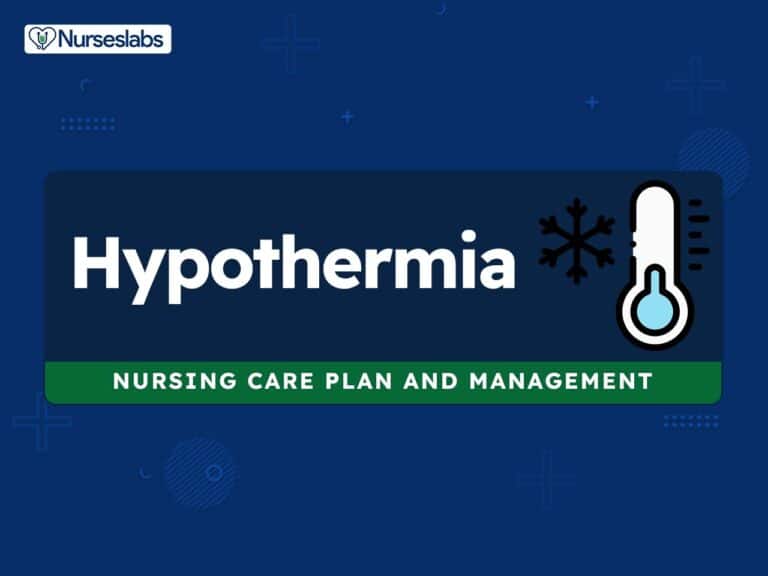
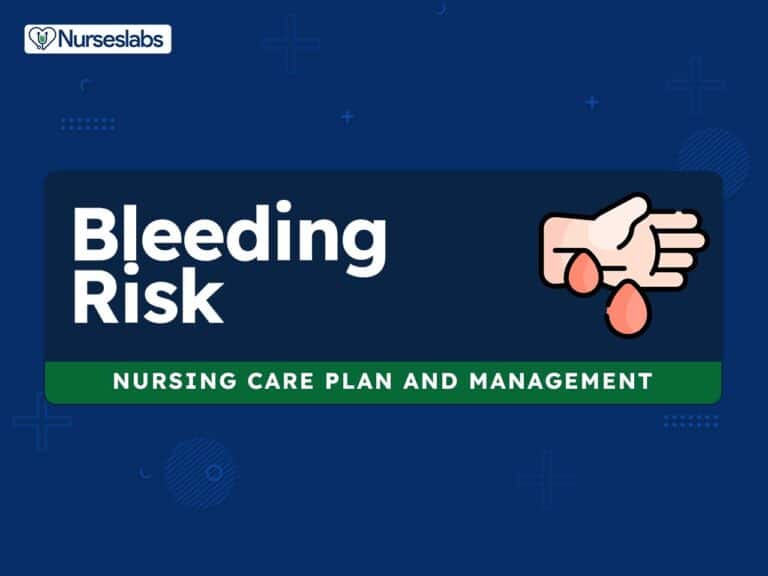
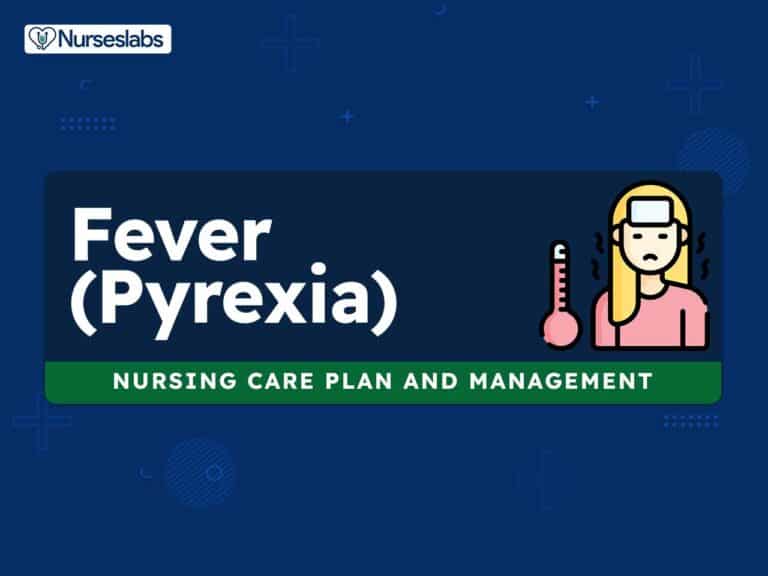
Leave a Comment